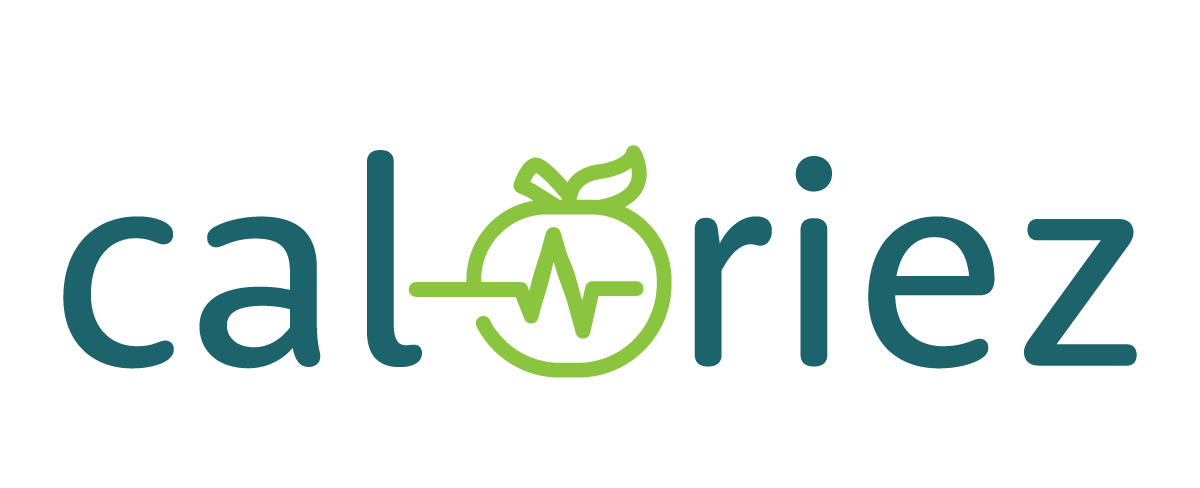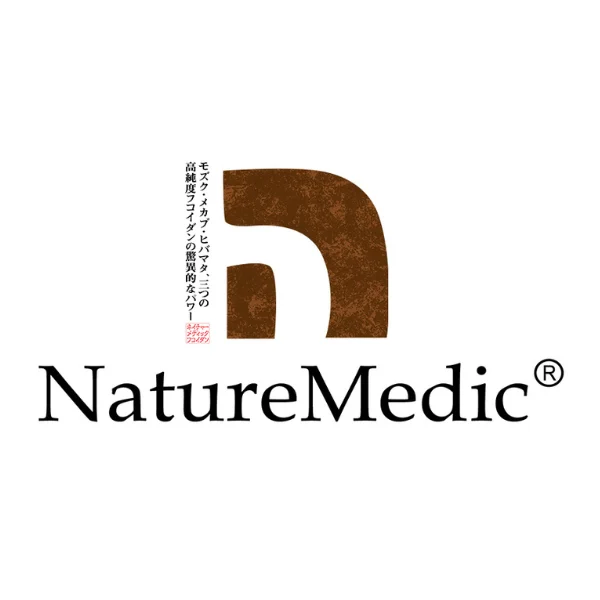Philip Sunshine, a Stanford College doctor who performed an essential position in establishing neonatology as a medical specialty, revolutionizing the care of untimely and critically ailing newborns who beforehand had little probability of survival, died on April 5 at his residence in Cupertino, Calif. He was 94.
His loss of life was confirmed by his daughter Diana Sunshine.
Earlier than Dr. Sunshine and a handful of different physicians turned focused on caring for preemies within the late Nineteen Fifties and early ’60s, greater than half of those unimaginably fragile sufferers died shortly after delivery. Insurance coverage corporations wouldn’t pay to deal with them.
Dr. Sunshine, a pediatric gastroenterologist, thought that many untimely infants might be saved. At Stanford, he pushed for groups of docs from a number of disciplines to deal with them in particular intensive care models. Alongside along with his colleagues, he pioneered strategies of feeding preemies with system and aiding their respiration with ventilators.
“We had been capable of hold infants alive that might not have survived,” Dr. Sunshine mentioned in 2000 in an oral historical past interview with the Pediatric Historical past Heart of the American Academy of Pediatrics. “And now everyone simply kind of takes this without any consideration.”
The early Nineteen Sixties had been a turning level within the care of untimely infants.
In response to the Oxford English Dictionary, the phrase neonatology was used for the primary time within the 1960 e-book “Illnesses of New child” by Alexander J. Schaffer, a pediatrician in Baltimore. By that point, Stanford’s neonatology division — one of many first within the nation — was up and working.
In 1963, President John F. Kennedy’s second son, Patrick Bouvier Kennedy, was born practically six weeks untimely. He died 39 hours later. The disaster unfolded on the entrance pages of newspapers across the nation, placing strain on the federal well being authorities to start allocating cash for neonatal analysis.
“The Kennedy story was a giant turning level,” Dr. Sunshine informed AHA Information, a publication of the American Hospital Affiliation, in 1998. “After that, federal analysis cash for neonatal care turned a lot simpler to get.”
As chief of Stanford’s neonatology division from 1967 to 1989, Dr. Sunshine helped practice tons of, maybe even hundreds, of docs who went on to work in neonatal intensive care models around the globe. When he retired in 2022, at age 92, the survival fee for infants born at 28 weeks was over 90 p.c.
“Phil is without doubt one of the ‘originals’ in neonatology, a neonatologist’s neonatologist, certainly one of our historical past’s greatest,” David Ok. Stevenson, Dr. Sunshine’s successor as head of Stanford’s neonatal division, wrote within the Journal of Perinatology in 2011. “He stands comfortably among the many nice leaders in neonatology and is greater than merely a pioneer. He is without doubt one of the creators of our self-discipline.”
Dr. Sunshine acknowledged that caring for preemies required each technical experience and human connection. He urged hospitals to permit mother and father to go to neonatal intensive care models so they might maintain their kids, sensing that skin-to-skin contact between moms and infants was helpful.
He additionally gave nurses extra autonomy and inspired them to talk up after they thought docs had been improper.
“Our nurses have all the time been essential caretakers,” Dr. Sunshine mentioned within the oral historical past. “All by means of my profession, I’ve labored with a nursing workers that always would acknowledge issues within the child earlier than the physicians would, they usually nonetheless try this now. Nicely, we had been studying neonatology collectively.”
Cecele Quaintance, a neonatal nurse who labored with Dr. Sunshine for greater than 50 years, mentioned in a weblog put up for Stanford Medication Youngsters’s Well being that “there’s this deep kindness in Phil — to infants, to us, to everyone.”
“All people has the identical stage of significance to him,” she mentioned, including: “I’ve watched households cry when he was going off service as a result of they had been so connected to him.”
The hours had been lengthy; the strain was extraordinary.
“He was a chilled, reassuring presence and completely unflappable,” Dr. Stevenson mentioned in an interview. “He would say, ‘If you happen to’re going to spend all night time within the hospital working your tail off, what higher means to do this than by giving somebody 80, 90 years of life?’”
Philip Sunshine was born on June 16, 1930, in Denver. His mother and father, Samuel and Mollie (Fox) Sunshine, owned a pharmacy.
He earned his bachelor’s diploma from the College of Colorado in 1952, after which stayed there for medical faculty, graduating in 1955.
After his first yr of residency at Stanford, he was drafted into the U.S. Navy and served as a lieutenant. When he returned to Stanford in 1959, he educated underneath Louis Gluck, a pediatrician who later developed the fashionable neonatal intensive care unit at Yale College.
“He turned me on to caring for newborns and made every part sound so attention-grabbing,” Dr. Sunshine mentioned.
There have been no neonatology fellowships again then, so Dr. Sunshine pursued superior coaching in pediatric gastroenterology and a fellowship in pediatric metabolism.
“This was a really thrilling time,” he mentioned within the Stanford Medication Youngsters’s Well being weblog put up. “Individuals with varied backgrounds had been bringing their abilities to the care of newborns: pulmonologists, cardiologists, folks like me who had been focused on GI issues of newborns. I picked up a whole lot of info and enthusiasm from them, and we had many alternatives to alter how infants had been cared for.”
Dr. Sunshine married Sara Elizabeth Vreeland, generally known as Beth, in 1962.
Alongside along with his spouse and daughter Diana, he’s survived by 4 different kids, Rebecca, Samuel, Michael and Stephanie; and 9 grandchildren.
In some ways, Dr. Sunshine’s surname was an aptronym — a phrase ideally suited to his occupation and means of being.
“Completely separate from being the daddy — or the grandfather — of neonatology, he actually did carry sunshine into each room,” Susan R. Hintz, a neonatologist at Stanford, mentioned in an interview. “He was a soothing presence, particularly in these very anxious moments. Nurses would inform me on a regular basis, ‘He’s the one that everybody remembers.’”




